The half guard is one of the three fundamental classifications of guard (closed, open, half). It can be used as both an offensive and a defensive position.
There are many different variations of half guard, and one way to categorise those variations is by how far away you are from your opponent’s hips.
If there’s a big space between your hips and his then you’re at long range. If your hips are very close to his then you’re at short range.
These ranges are important to understand because your attacking and sweeping options, and his guard passing options, change at each range.
Let’s take a look at the 6 ranges of half guard as demonstrated by my friend and very knowledgable BJJ black belt Rob Biernacki…
1. Half Guard Shell (Longest Range)
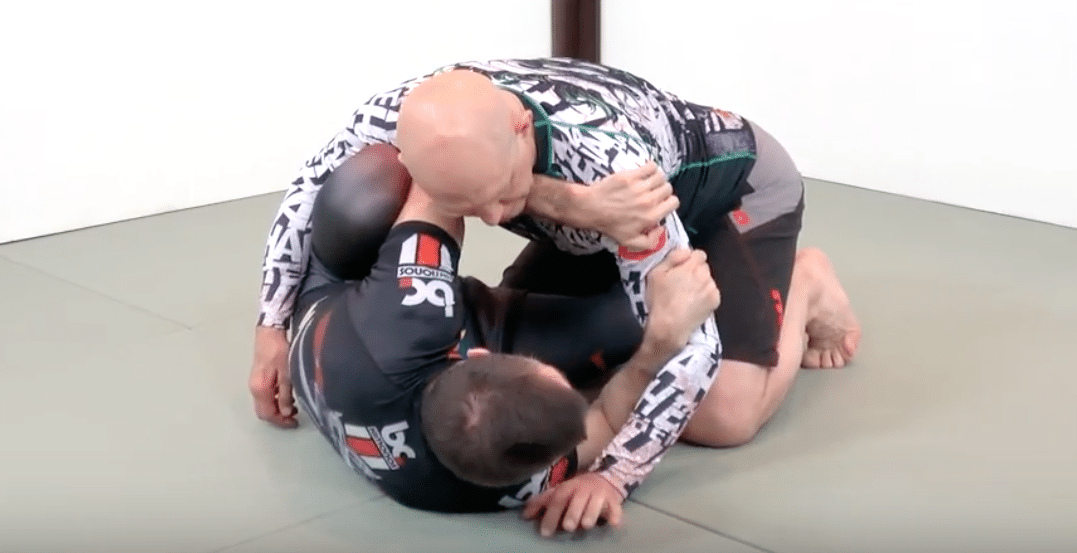
The half guard shell is the longest range of half guard. When you’re here you should generally…
- Hook your opponent’s leg with your inside leg
- Use your inside foot to control his ankle or lower leg
- Block his shoulder with your outside knee
- Frame across his throat with your top arm, connecting your elbow with your knee for more strength and stability
- Block the biceps area of his crossfacing arm with both hands
2. Low Knee Shield
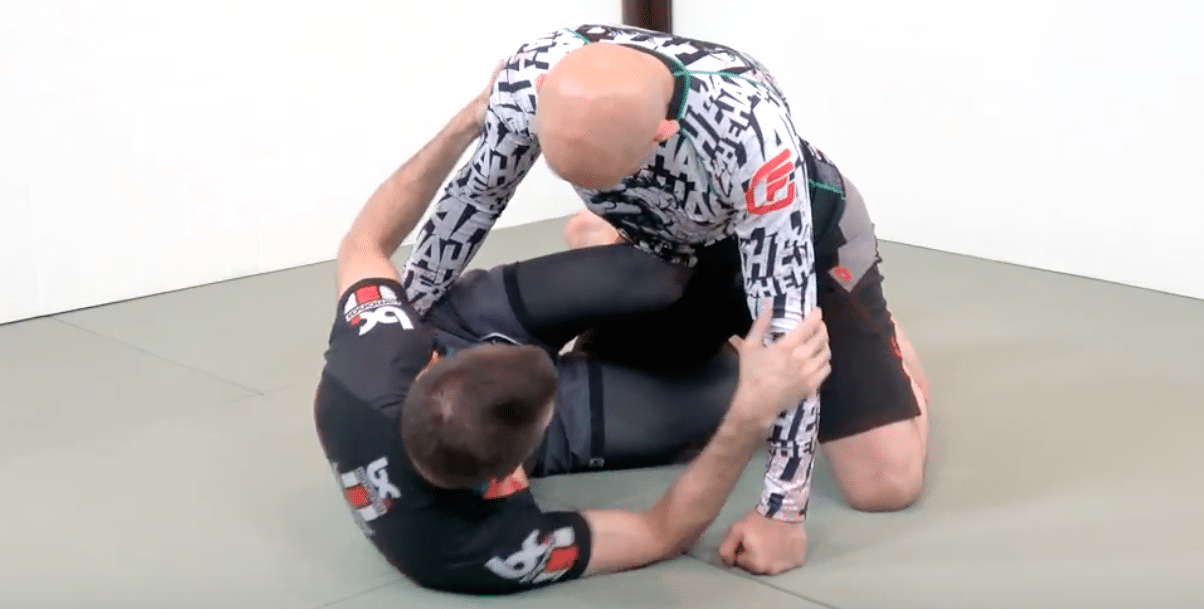
The low knee shield is similar to the half guard shell except that
- Your outside knee is placed on or across your opponent’s hip instead of at his shoulder, and
- You’ll typically play this position with an overhook instead of a frame or an underhook (unlike the remaining shorter-range guards)
Other than that you should still…
- Hook your opponent’s leg with your inside leg
- Use your inside foot to control his ankle or lower leg
- Block his shoulder with your outside knee
- Block the biceps area of his crossfacing arm with at least one hand
3. Half Butterfly Guard
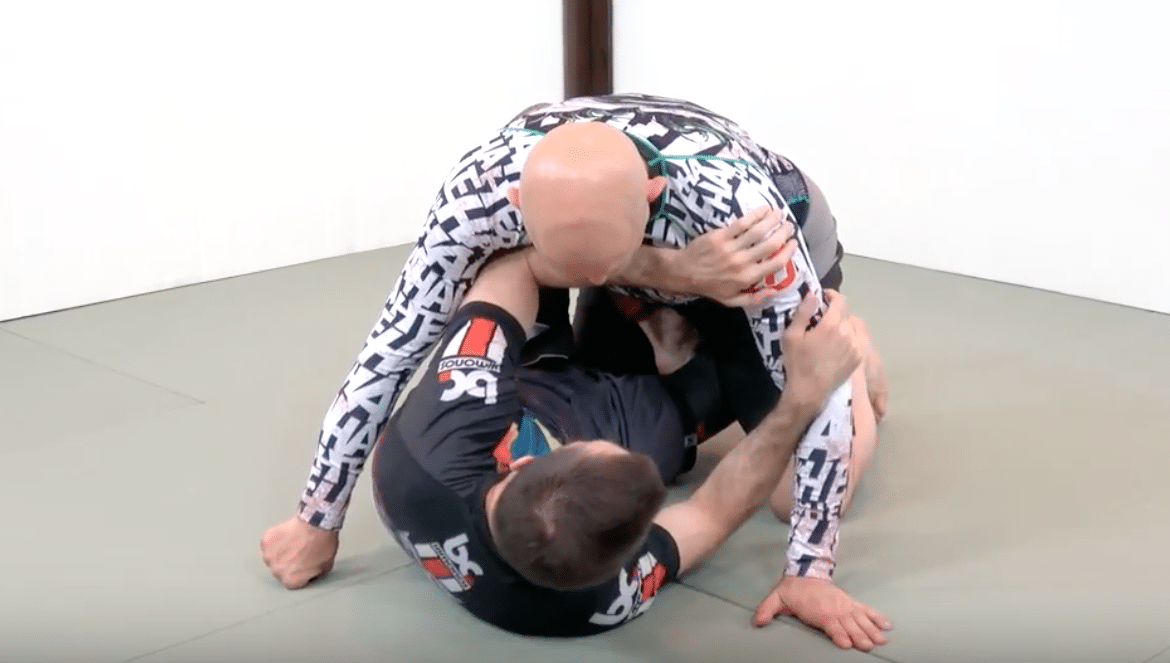
The half butterfly guard is similar to the half guard shell except that
- You get a little closer to your opponent,
- Your outside leg is inserts as a butterfly hook
The half butterfly guard combines the power of the half butterfly sweep (in the photo above you would sweep your opponent to your right) along with the option of kicking your other leg through and obtaining the ‘ash garami’ leglock position. As such it has been developed to a very high level by leg lockers such as Eddie Cummings.
4. Lockdown (Aka “Double Triangle”) Half Guard
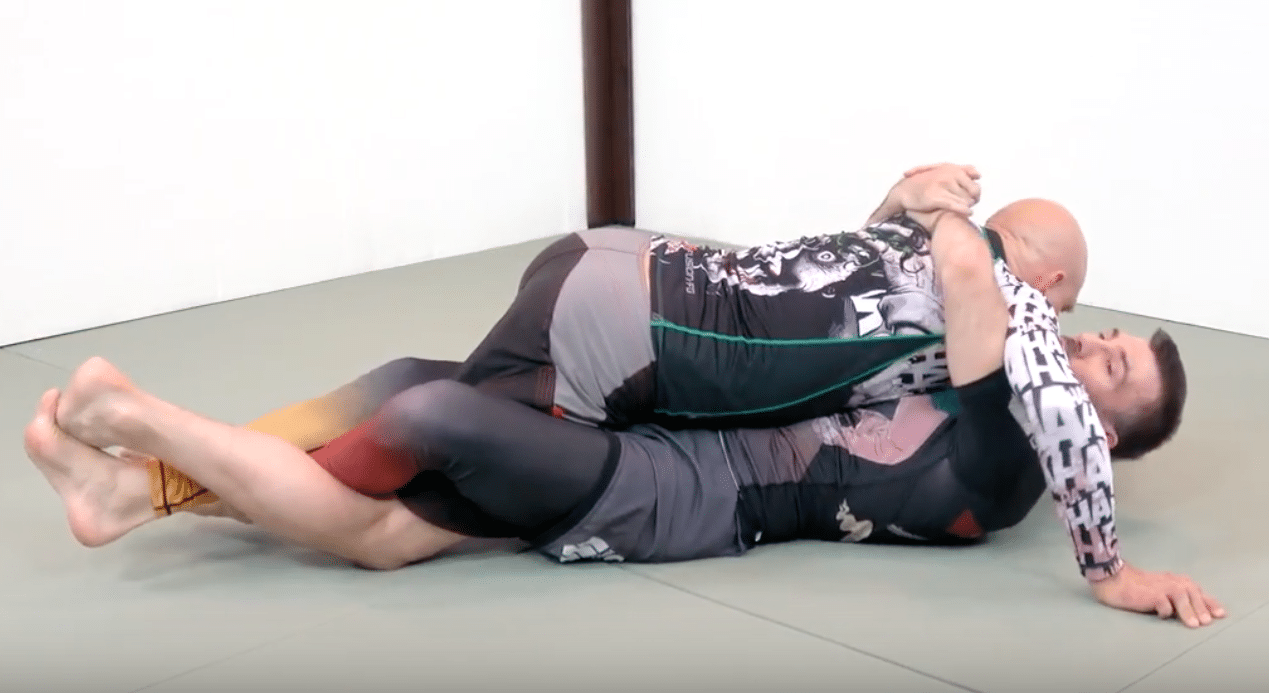
Unlike the other half guard positions, in the lockdown position you insert your outside leg over top of your opponent’s entangled leg instead of your inside leg.
From here you lock your legs in the double triangle position, fight for double underhooks or the bearhug, and then typically try to kick up and roll to one side. This is one of the favourite styles of guard in the 10th planet system.
If your opponent’s right leg is between your legs then typically you’ll
- Bring your right leg over your opponent’s right leg
- Hook your right instep behind your left shin
- Hook your left instep under your opponent’s left instep
- Establish double underhooks or a bearhug with your arms
- Stretch him out to deny him base
5. Gordo-Style Half Guard
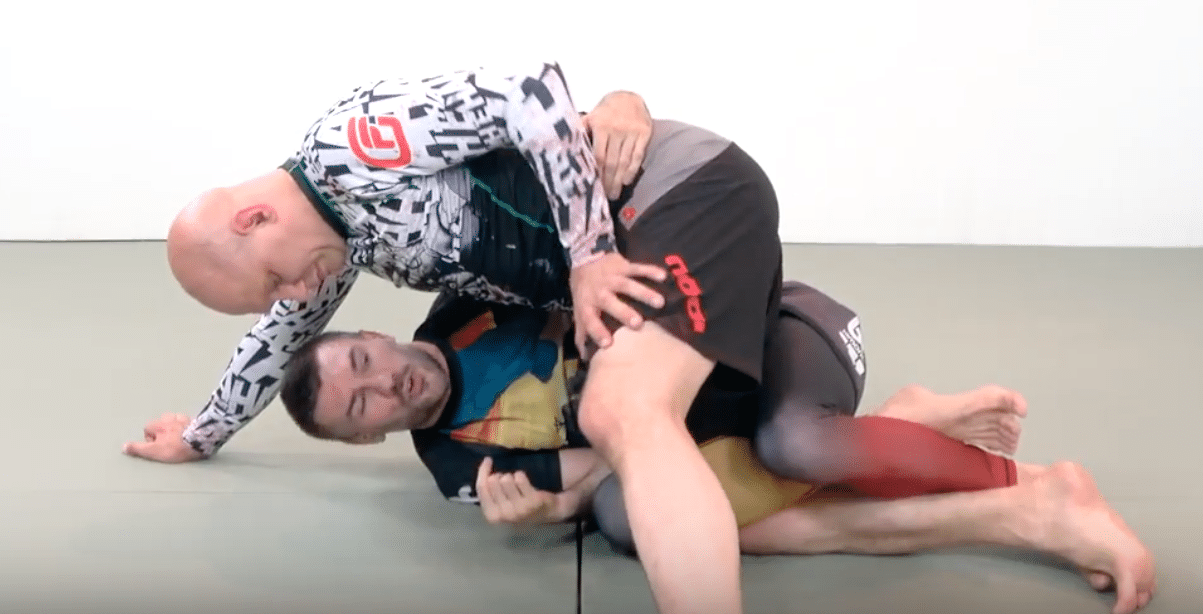
This form of half guard was pioneered by Roberto ‘Gordo’ Correia and marked the beginning of the half guard being used as an offensive position (rather than just merely a last resting point before the top guy passed your guard).
In the Gordo-style half guard typically
- Your inside leg hooks your opponent’s leg
- Your legs may be triangled, depending on the situation
- Your hips are very close to his hips
- You’ll usually be hunting for an underhook, either get to your knees and take his back or roll underneath to sweep him.
6. Deep Half Guard (Closest Range)
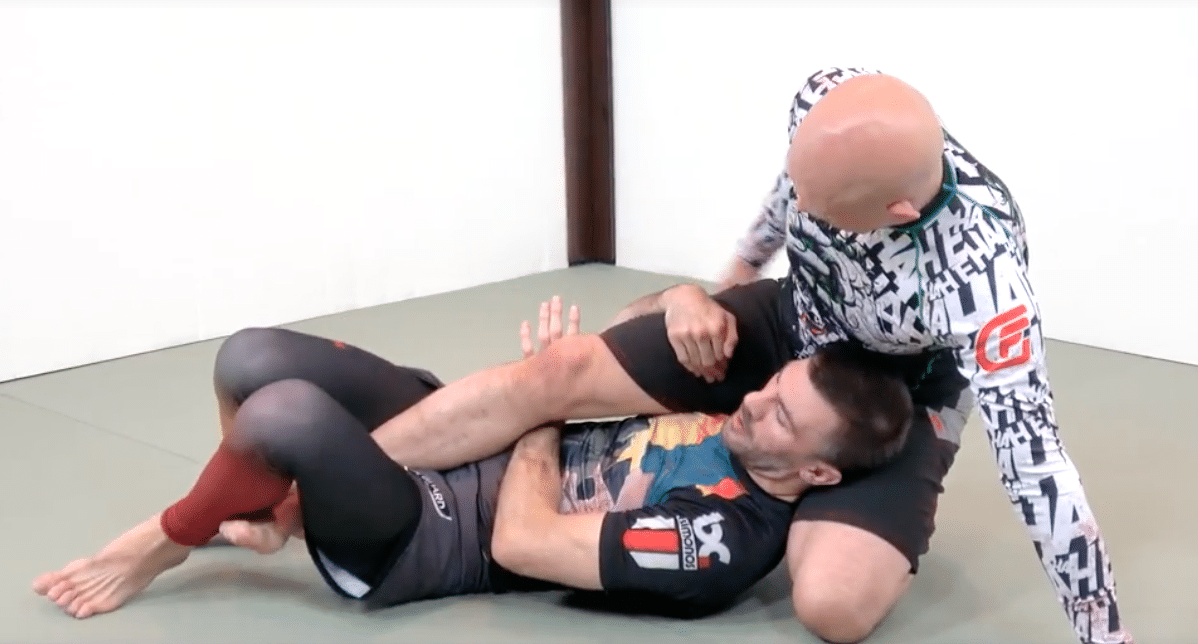
The deep half guard is the closest range of the half guard because you’re directly under your opponent’s hips.
There are various ways you can position your arms and legs depending on the grips and hooks you’re going for, but typically you’re going to be threatening the other guy with either rolling him backwards or tipping him forwards and then taking his back.
Here’s an article I wrote a long time ago about the deep half guard but it’s still good material! If you master the drills and techniques in that article then you’ll be off to a great start I promise!
Hope this helps you understand the ranges, layers and major variations of the half guard!
Good luck with your training
Stephan
The post The 6 Ranges of Half Guard appeared first on Grapplearts.
